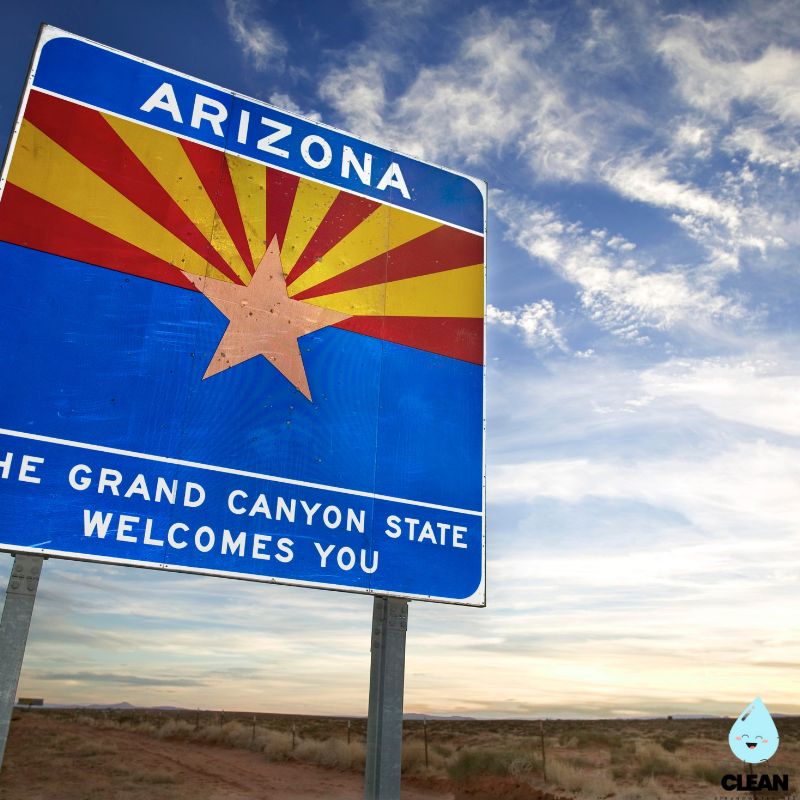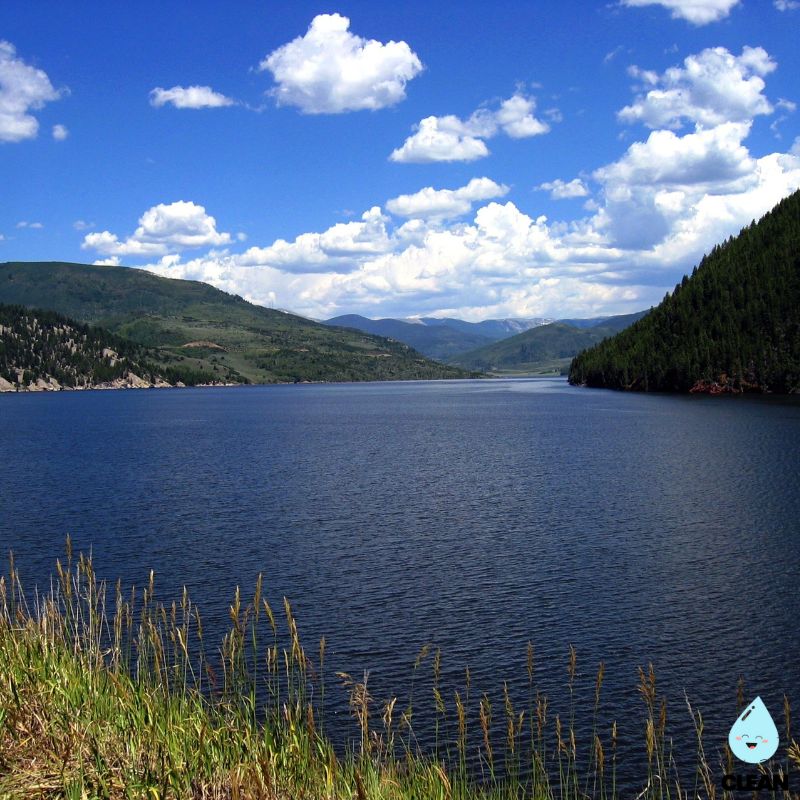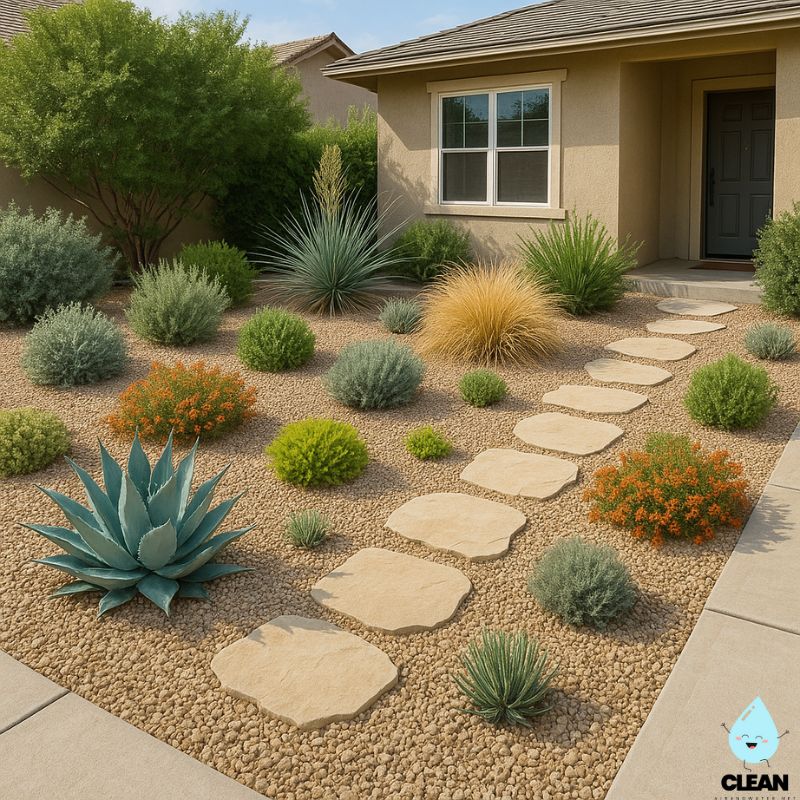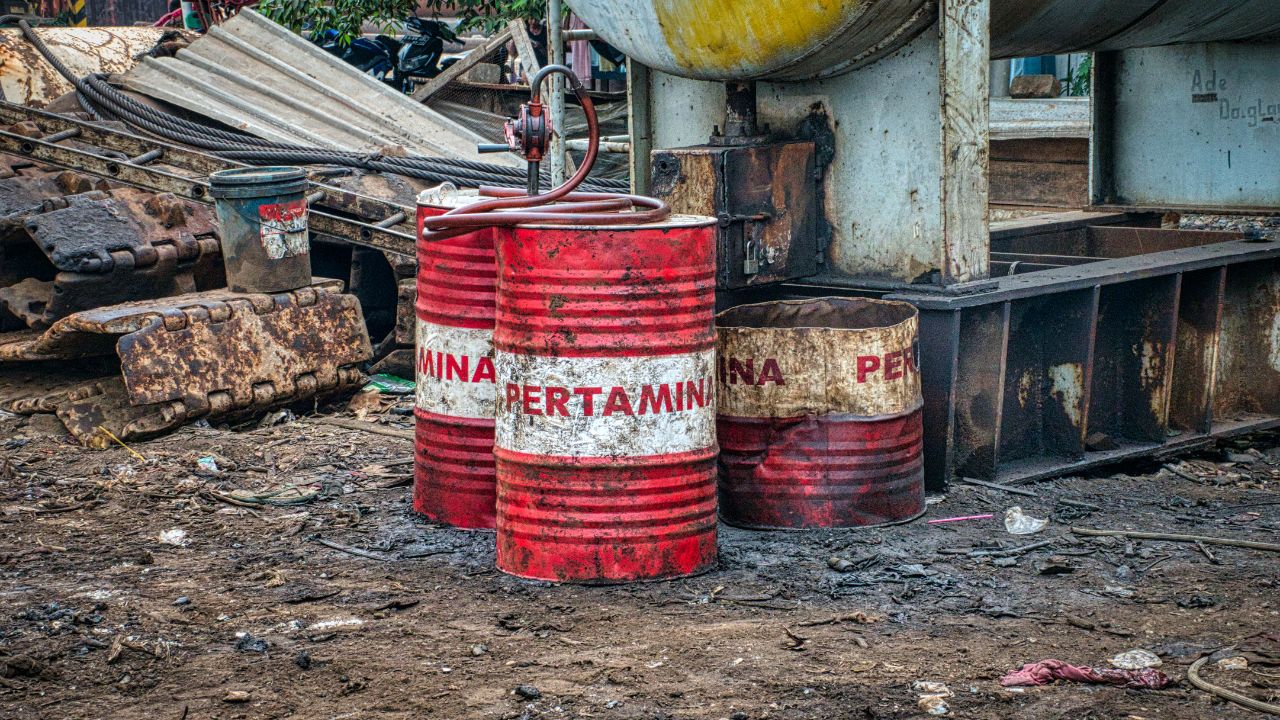Arizona Water Quality at a Glance
multiple concerns
Is Arizona Water Safe to Drink?
Generally Yes, With Significant Caution – Most urban water systems meet standards, but Arizona faces multiple contamination concerns including PFAS in 82 water systems, naturally occurring arsenic (19% of wells exceed EPA limits), and hexavalent chromium. Rural areas and private wells face higher risks due to unregulated sources and natural mineral deposits.
⚠️ Key Concerns for Arizona Residents
- PFAS “Forever Chemicals”: 82 water systems exceed health standards, with 12% of tested systems above MCLs
- Arsenic: 19% of drinking water wells exceed EPA limits, particularly in rural areas relying on private wells
- Chromium-6: Cancer-causing hexavalent chromium detected in Phoenix and other major cities
- Hard Water: Arizona has some of the highest mineral content in the country, causing infrastructure issues
Read the full report below for detailed analysis, city-specific data, and actionable recommendations for Arizona residents.
Arizona – The Grand Canyon State – Water Quality Report 2025: PFAS Testing, Infrastructure Concerns & Safety across your state
Arizona’s water infrastructure serves approximately 7.4 million residents across diverse geographic regions, from the Sonoran Desert to the Colorado Plateau. The state operates through a complex network of approximately 1,500 public water systems, ranging from major municipal utilities like Phoenix Water Services, which serves over 1.6 million customers, to smaller rural systems providing essential services to remote desert communities. Arizona’s water sources include the Colorado River through the Central Arizona Project, the Salt and Verde Rivers via the Salt River Project, extensive groundwater aquifers, and innovative reclaimed water systems that support both urban centers and agricultural operations.
Despite facing persistent drought conditions and water scarcity challenges, Arizona has become a national leader in water management. The state’s proactive 1980 Groundwater Management Act established a framework for 100-year water planning in Active Management Areas. According to recent testing by the Arizona Department of Environmental Quality (ADEQ), approximately 88% of Arizona’s drinking water systems currently meet federal PFAS standards. The state has received over $68.5 million in combined state and federal funding ($5 million state, $63.5 million federal) to address PFAS contamination and emerging contaminant concerns. Arizona’s innovative approach to water management, combined with substantial investments in treatment technology and conservation programs, positions the state as a model for sustainable water stewardship in the arid Southwest.

Arizona Water Quality: Current Status (2024-2025)
Statewide Compliance and Testing
- Overall Compliance: Approximately 88% of Arizona’s public water systems currently meet federal PFAS standards, with about 12% of tested systems showing levels above EPA limits requiring treatment by 2031 (extended from 2029).
- PFAS Monitoring: ADEQ has completed comprehensive testing of 693 public water systems, analyzing over 8,000 samples for 29 types of PFAS over 663 days, with testing ongoing since 2018.
- Infrastructure Investment: Over $68.5 million in combined state and federal funding has been allocated to Arizona for PFAS mitigation, including $63.5 million from the Bipartisan Infrastructure Law and $5 million in state funding from Governor Katie Hobbs.
Major Water Sources and Challenges
- Colorado River System: Provides approximately 29% of Arizona’s municipal water supply through the Central Arizona Project, facing Tier 1 shortage conditions that reduce allocations by about 8% in 2024.
- Salt and Verde Rivers: Managed by Salt River Project, these watersheds provide about 25% of Arizona’s tap water and are considered more climate-resilient than Colorado River sources.
- Groundwater Management: Arizona’s innovative 1980 Groundwater Management Act established Active Management Areas requiring 100-year water supply assurance for new development in heavily populated regions.
Emerging Contaminant Response
- PFAS Regulation Implementation: New EPA drinking water standards for PFOA and PFOS (4 parts per trillion) with compliance deadline extended to 2031, while Arizona continues implementing proactive testing and treatment programs.
- Treatment Technology Deployment: Water utilities like Tucson Water are implementing advanced treatment technologies including granular activated carbon and reverse osmosis systems for PFAS removal.
- Statewide Mitigation Plan: ADEQ developed a comprehensive PFAS mitigation plan providing assistance to communities like Globe and Payson, offering technical guidance and funding for disadvantaged systems.
Drought and Water Security
- Megadrought Conditions: Arizona continues to face extended drought conditions affecting Colorado River allocations, with Lake Mead and Lake Powell remaining at historically low levels despite recent improvements.
- Conservation Leadership: Arizona has reduced total water use over the past 60 years despite population growth, demonstrating effective conservation programs and demand management strategies.
- Diverse Water Portfolio: The state maintains water security through a diverse portfolio including surface water rights, groundwater banking, reclaimed water, and innovative storage and recovery systems.
Looking Forward: 2025-2030
Arizona’s water quality landscape reflects the state’s pioneering approach to water management in an arid environment. With 88% of public water systems already meeting federal PFAS standards and robust funding mechanisms in place, Arizona is well-positioned to address emerging contaminant challenges by the 2031 compliance deadline. The state’s proven ability to reduce water consumption while supporting population growth, combined with innovative programs like groundwater banking and water reuse, demonstrates that sustainable water management is achievable even in water-scarce regions. However, continued success will require ongoing investment in infrastructure upgrades, expanded conservation efforts, and collaborative planning between state agencies, utilities, and communities to ensure all Arizonans have access to safe, reliable water supplies despite persistent drought conditions and growing populations.
Quality News About Your Water
Get the comprehensive water quality news coverage you need with our dedicated US Water News Service. From coast to coast, we deliver in-depth reporting and expert analysis on PFAS contamination, EPA regulatory changes, infrastructure developments, and emerging water safety issues affecting communities nationwide. While mainstream media only covers the biggest stories, we provide the detailed, ongoing coverage that helps you understand the full scope of America’s water challenges. Whether you’re a concerned citizen, water professional, or community leader, our daily updates and analytical insights keep you informed about the issues that matter most to public health and environmental safety.
Recommendations for Arizona Residents

Monitor Your Water Quality
Request annual water quality reports from your utility and check ADEQ’s interactive PFAS testing map online. Stay informed about your local system’s compliance status and any treatment upgrades planned for PFAS reduction.

Support Conservation Initiatives
Participate in Arizona’s water conservation programs and support utility rate structures that enable infrastructure improvements. Practice xeriscaping and efficient irrigation to reduce outdoor water demand.

Consider Advanced Filtration
For areas with detected PFAS contamination, consider NSF-certified reverse osmosis or activated carbon filtration systems specifically tested for PFAS removal while utilities implement treatment upgrades.

Report Water Quality Issues
Contact your local water utility immediately for taste, odor, or color concerns. Report suspected contamination to ADEQ for investigation and follow-up through their environmental complaint process.

Embrace Desert Living
Support Arizona’s water sustainability by implementing desert-appropriate landscaping, rainwater harvesting, and greywater systems. Reducing demand helps maintain system reliability during drought conditions.
Arizona Cities We Cover
Phoenix Water Quality
Comprehensive analysis of Phoenix Water Services, Arizona’s largest water utility serving over 1.6 million customers. Includes information on diverse water sources, drought management, and PFAS monitoring programs.
Tucson Water Quality
Detailed assessment of Tucson Water’s innovative water management systems, covering PFAS treatment technology, groundwater remediation, and sustainable water supply planning in the Sonoran Desert.
Mesa Water Quality
Analysis of Mesa’s water distribution system serving over 500,000 residents, including surface water treatment, groundwater management, and compliance with emerging contaminant regulations.
Scottsdale Water Quality
Detailed review of Scottsdale Water’s advanced treatment facilities, water quality testing programs, and innovative conservation initiatives in one of Arizona’s premier desert communities.
Chandler Water Quality
Assessment of Chandler’s municipal water system, covering water treatment processes, distribution infrastructure, and efforts to maintain high-quality drinking water for this rapidly growing Phoenix suburb.
Gilbert Water Quality
Comprehensive review of Gilbert’s water services, including source water protection, treatment technology, and proactive planning for sustainable water management in this fast-growing community.
Glendale Water Quality
Analysis of Glendale’s water utility operations, including water quality monitoring, infrastructure maintenance, and compliance with federal drinking water standards in this diverse Phoenix metropolitan area city.
Frequently Asked Questions
What makes Arizona a leader in water management?
Arizona’s water leadership stems from proactive planning, innovative technology, and comprehensive conservation programs:
Long-term Planning: The 1980 Groundwater Management Act requires 100-year water supply assurance in Active Management Areas, making Arizona the first state to plan for such long-term water security
Conservation Success: Arizona has reduced total water use over the past 60 years despite significant population growth through mandatory conservation requirements and innovative demand management
Diverse Portfolio: The state maintains multiple water sources including surface water rights, groundwater banking, reclaimed water systems, and the Arizona Water Banking Authority storing excess Colorado River water
Technology Innovation: Arizona utilities are implementing advanced treatment technologies for emerging contaminants and leading PFAS monitoring and remediation efforts nationwide
The state’s comprehensive approach combining regulation, technology, and conservation has enabled sustainable growth in an arid environment while maintaining water quality and security.
Contaminants of Concern

PFAS “Forever Chemicals”
Source: Firefighting foam use at military bases and airports, industrial applications, and consumer products. Arizona has no known PFAS manufacturers, with contamination primarily from historical use sites.
Health Effects: Linked to kidney and testicular cancer, liver damage, immune system suppression, high cholesterol, and developmental effects in children
Current Status: Approximately 12% of Arizona water systems show PFAS levels above EPA limits, requiring treatment upgrades by 2031. ADEQ has tested over 8,000 samples from 693 systems statewide. EPA Limits: 4 ppt for PFOA and PFOS individually, with hazard index for other PFAS compounds

Naturally Occurring Contaminants
Source: Arizona’s geology contributes to naturally occurring arsenic, uranium, and other minerals in groundwater, particularly affecting rural areas and private wells
Health Effects: Arsenic exposure linked to skin, bladder, and lung cancer; uranium exposure may increase kidney damage risk; hexavalent chromium is carcinogenic
Current Status: About 19% of drinking water wells in the Southwest exceed EPA’s 10 ppb arsenic limit. Urban water systems typically treat for these contaminants, but rural and private well users face higher risks. Management Response: Regular testing and treatment required for public systems; private well testing recommended
Please read – our information
The information presented on cleanairandwater.net is compiled from official water quality reports, trusted news sources, government websites, and public health resources. While we strive for accuracy and thoroughness in our presentations, we are not scientists, engineers, or qualified water quality professionals.
Our mission is to present water quality information in an accessible, real-world format that helps people understand what’s in their water and make informed decisions about their health and safety. We believe that complex environmental information should be available to everyone in a format that’s easy to understand.
We make every effort to ensure our content is current and accurate, but we cannot guarantee that all information is complete or error-free. This website should not replace official communications from your local water utility or health department. We always recommend consulting official sources for the most up-to-date information regarding your specific water system.
Clean Air and Water is not liable for any unintentional errors, omissions, or outdated information. The content on this site is provided for informational purposes only and should not be considered professional advice.


